By admin on July 19, 2015
Lisbon Museums
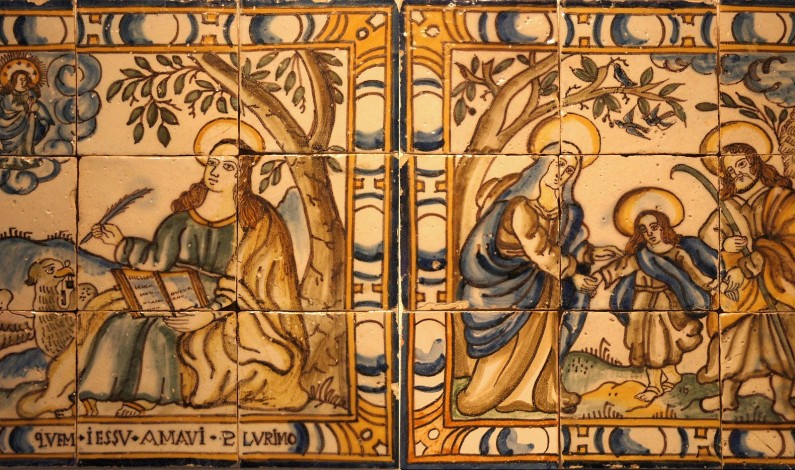
The National Azulejo Museum (Portuguese: Museu Nacional do Azulejo) is a national museum in Lisbon, Portugal, dedicated to the azulejo. The museum is also referred to as The National Tile Museum. The National Tile Museum was established in 1965 and became a National Museum in 1980. It is located in the former Convent of Madre Deus, founded by Queen D. Leonor in 1509. The […]
By admin on July 19, 2015
Lisbon Museums
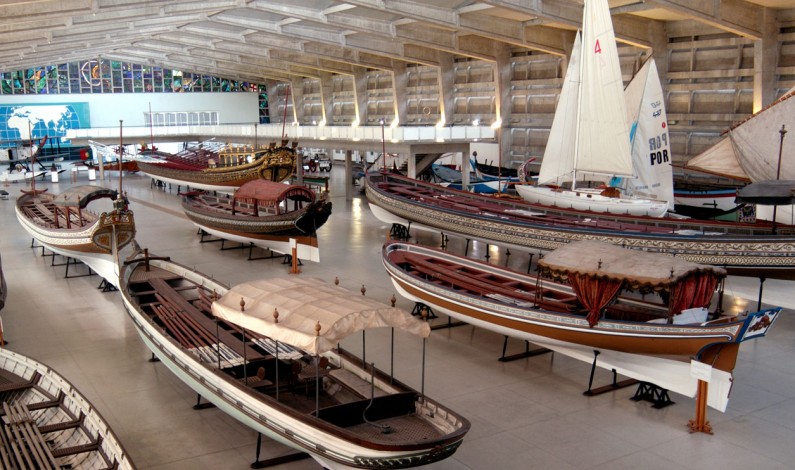
The Navy Museum (Portuguese: Museu de Marinha) of Lisbon is dedicated to all aspects of the History of navigation in Portugal. The museum is administered by the Portuguese Navy and is located in the touristic district of Belém. It occupies a part of the neo-Manueline Western wing of the Jerónimos Monastery (together with the National Museum of Archaeology) as well as a modern annex built to the North of the […]
By admin on July 19, 2015
Lisbon Museums
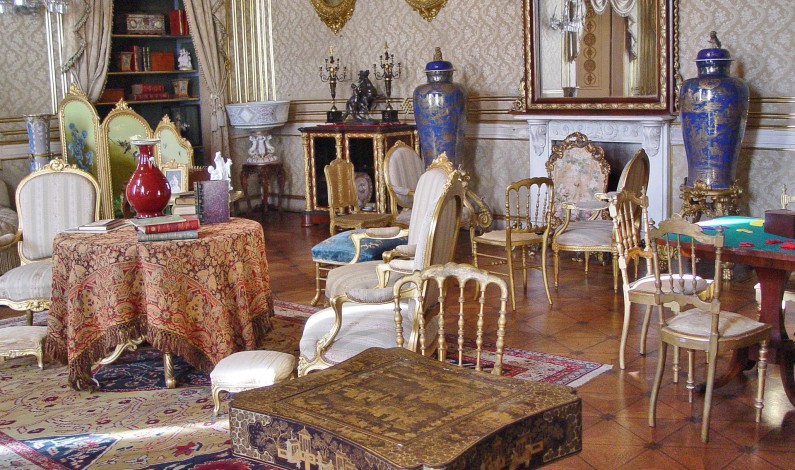
The Ajuda National Palace is a neoclassical monument in the civil parish of Ajuda in the city of Lisbon, central Portugal. Built on the site of a temporary wooden building constructed to house the Royal family after the 1755 earthquake and tsunami, it was originally begun by architect Manuel Caetano de Sousa, who planned a late Baroque-Rococo building. Later, it was entrusted to José da Costa […]
By admin on July 19, 2015
Lisbon Museums
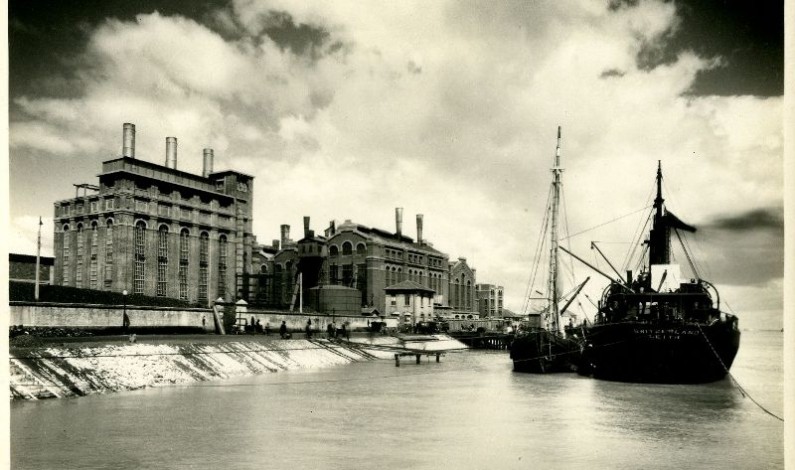
The Electricity Museum (in Portuguese Museu da Electricidade) is a cultural centre that presents the evolution of Energy with a Museum of Science and Industrial Archaeology concept, where themed and experimental exhibits live side by side with a great variety of cultural events. Located in the Belém area on terrain Lisbon usurped from the Tagus river (Tejo in Portuguese) at the end of the 19th century, in one of the city’s areas with […]
By admin on June 13, 2015
calouste, museum
Lisbon Museums
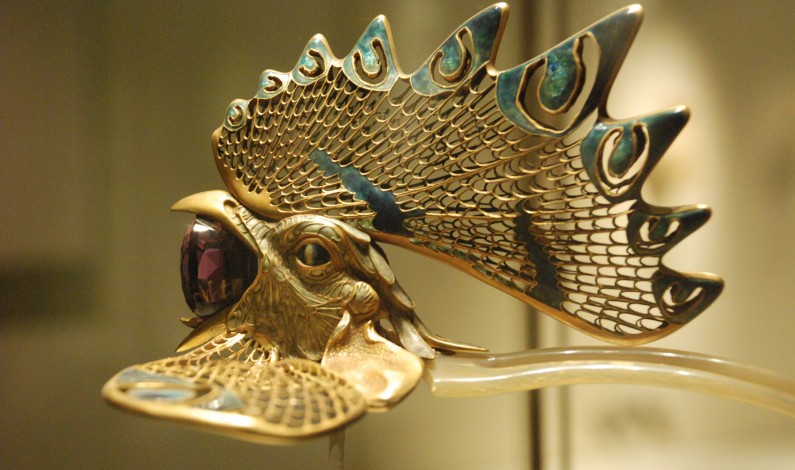
The Calouste Gulbenkian Museum (Portuguese: Museu Calouste Gulbenkian) is a museum in Lisbon, Portugal, containing a collection of ancient, and some modern, art. The museum was founded according to Calouste Gulbenkian‘s last will, in order to accommodate and display Gulbenkian’s art collection belonging now to the Calouste Gulbenkian Foundation. The permanent exhibition galleries are distributed in chronological and geographical order to create […]
By admin on June 13, 2015
Lisbon Museums
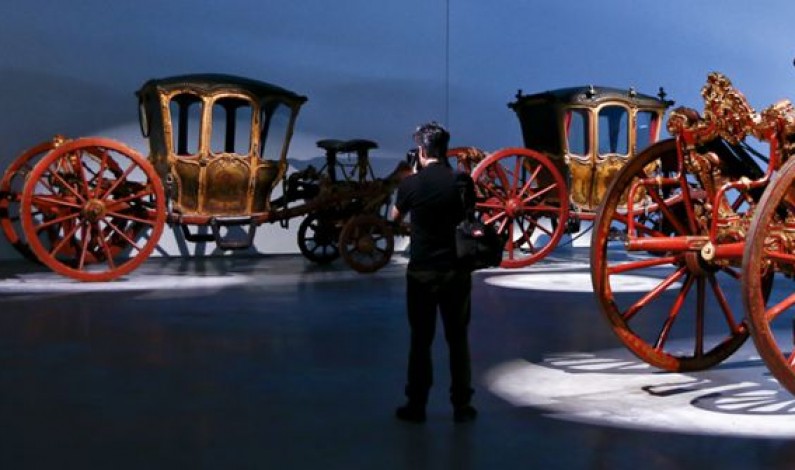
The Old Coach Museum The Coach Museum is one of Lisbon’s most popular, annually attracting over 200,000 visitors. It was founded in 1905 by Dona Amélia de Orleães (the last Portuguese queen) and it stands in the former Royal horse riding arena. Museu Nacional dos Coches Address :Avenida da Índia nº 136, 1300-300 LISBOA Phone: […]
By admin on March 19, 2015
Lisbon Museums
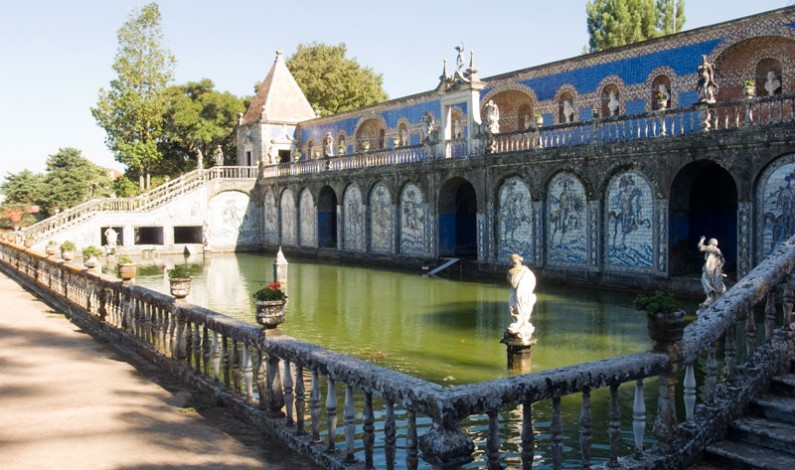
The Palace of the Marquesses of Fronteira was built in 1671 as a hunting pavilion to Dom João de Mascarenhas, 1st Marquis of Fronteira, who received his title from KingAfonso VI of Portugal for his loyalty to the House of Braganza in the Portuguese Restoration War. The palace is the private residence of the Marquesses of Fronteira. The palace is located in […]
By admin on July 19, 2014
Lisbon Museums
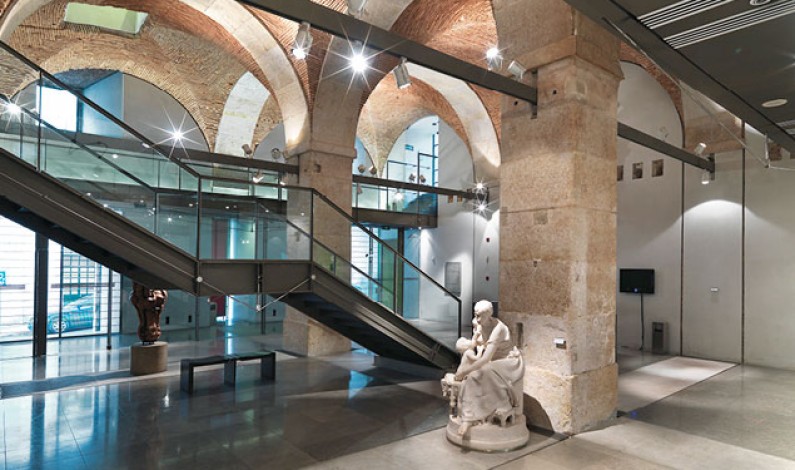
The Chiado Museum is an art museum located in Lisbon, in the Chiado neighbourhood. It was created in 1911 and re-inaugurated, in new installations, in 1994. The museum covers the period between 1850 and 1950, with works by the foremost Portuguese artists of the period, as well as some foreigners. It holds the best collection of Portuguese painting and […]
By admin on June 13, 2013
berardo, museum, new
Lisbon Museums, Popular Sights
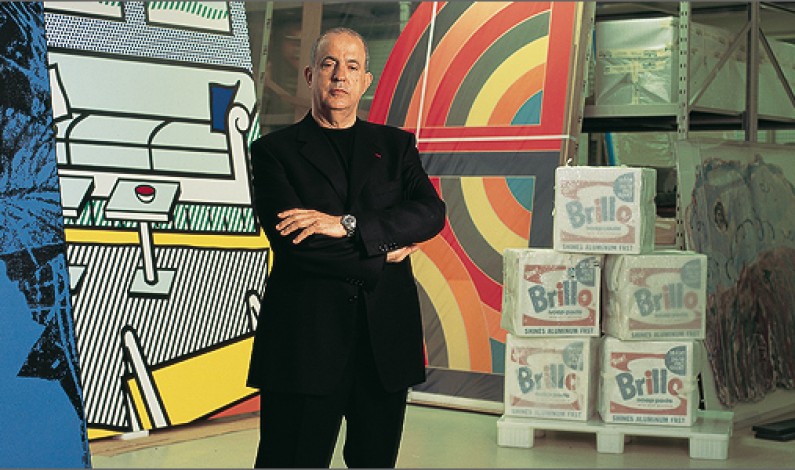
The Berardo Collection If it is curiosity that stimulates the mind and induces the collector, the object of art he chooses out of his passion cannot be isolated from the expectations of a certain time, or of other people. In a way, the collector searches and brings together works of art that others would like […]
By admin on June 13, 2013
asia, museum, orient
Lisbon Museums, Popular Sights
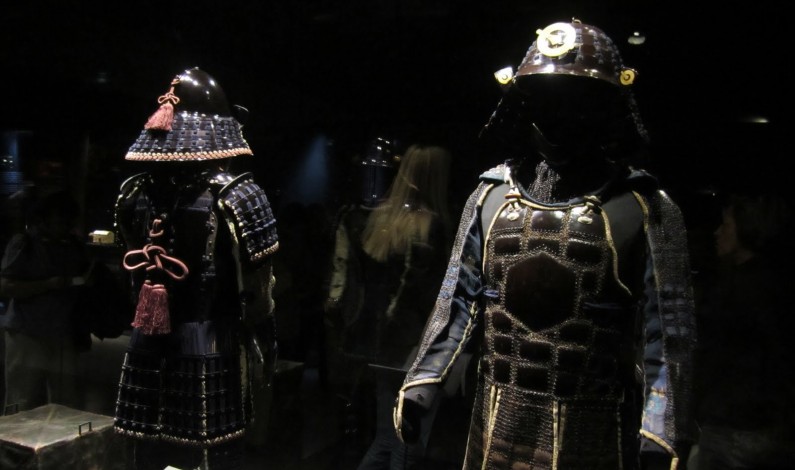
The museum holds collections that have the East as the main theme, the slopes historical, religious, anthropological and artistic. The permanent exhibition includes 1400 pieces alluding to the Portuguese presence in Asia and 650 pieces belonging to the collection Kwok on. Address: Av. de Brasília, Doca de Alcântara (Norte), 1350 Lisbon.











